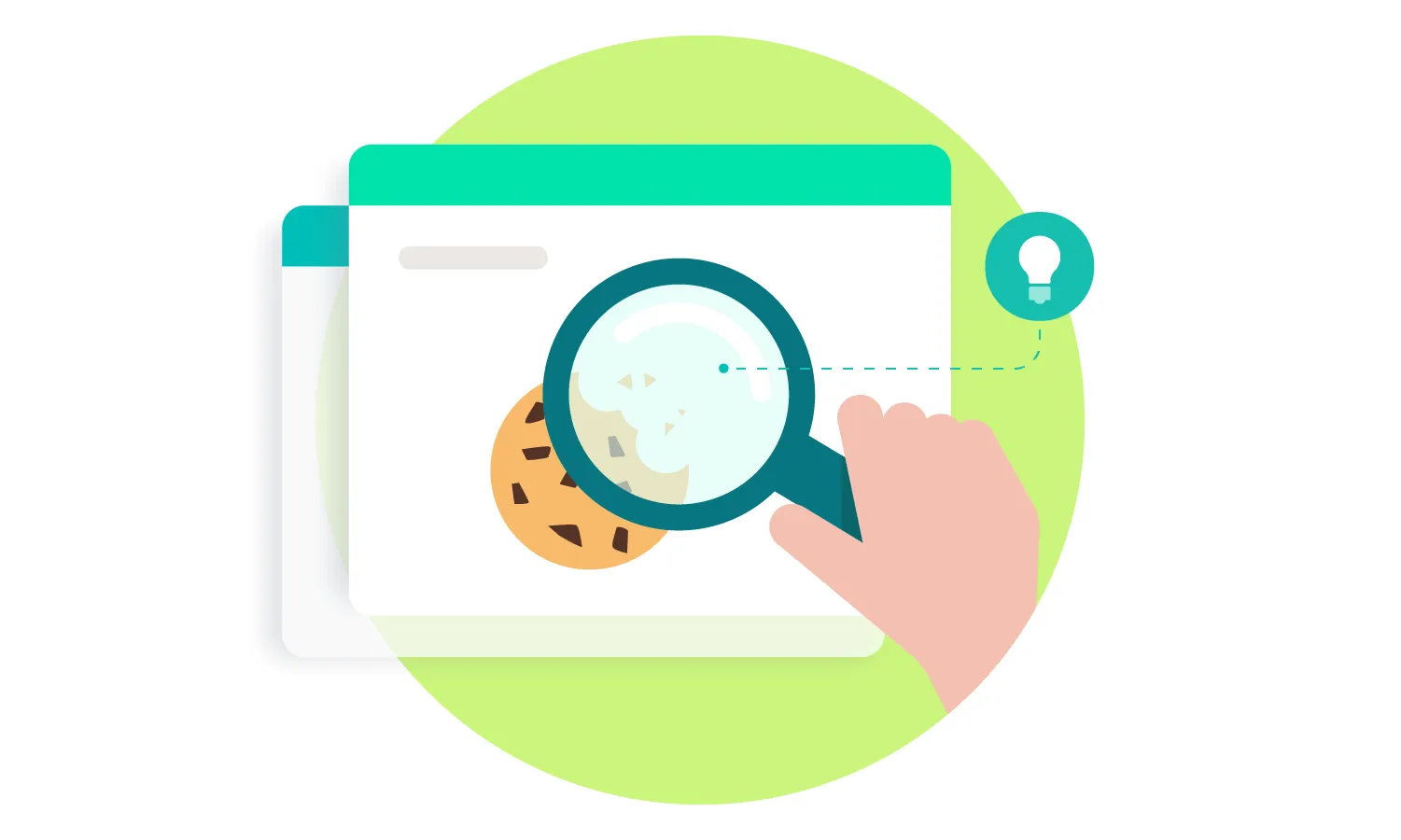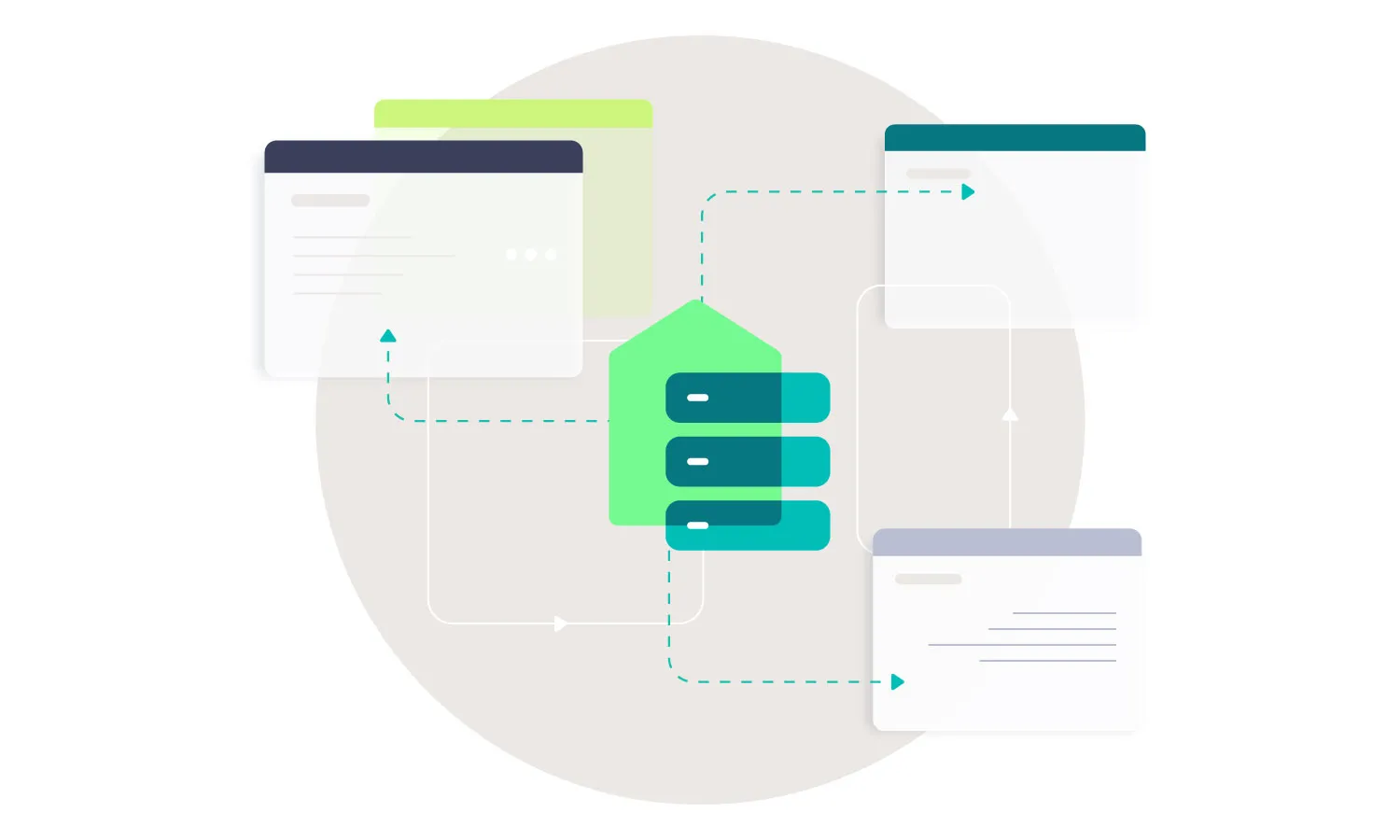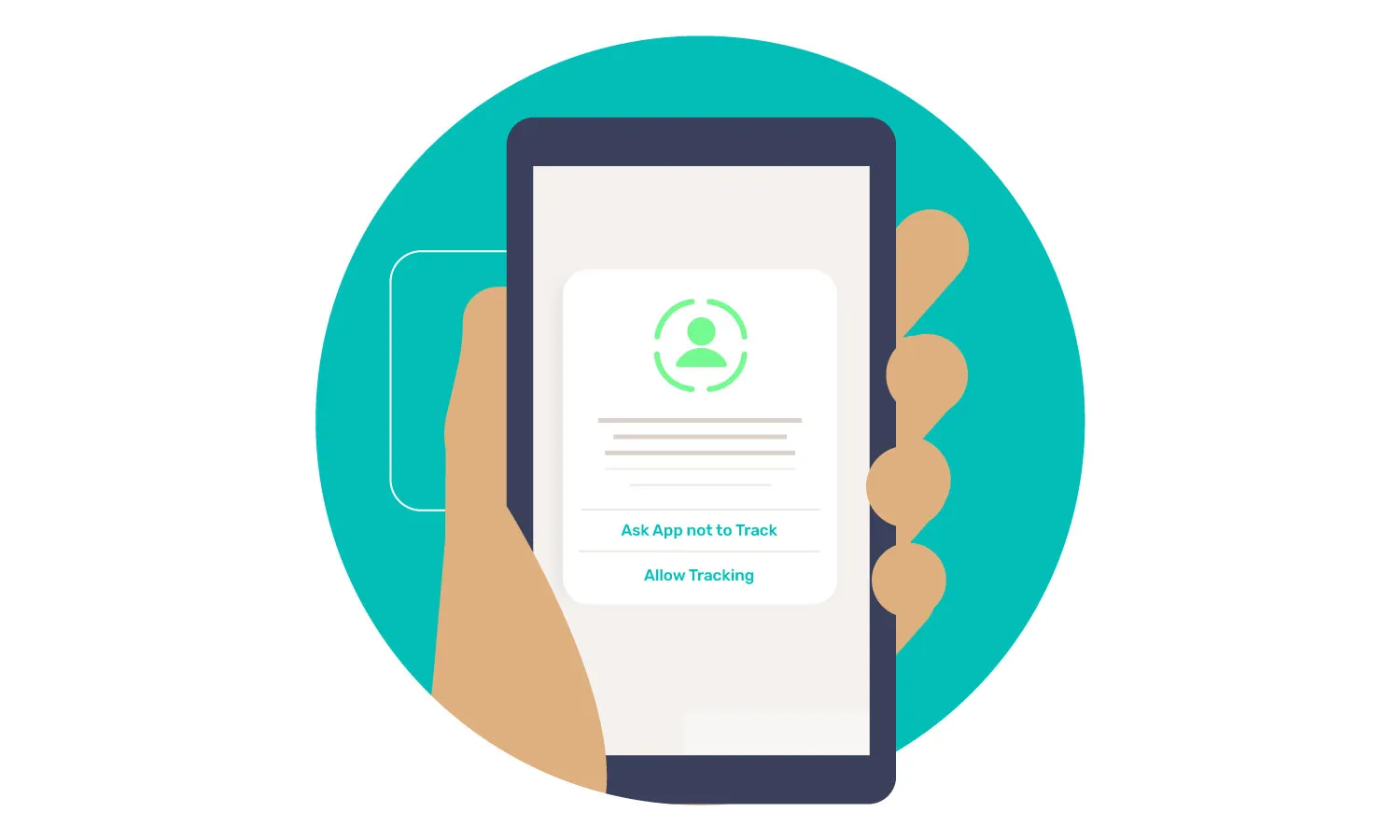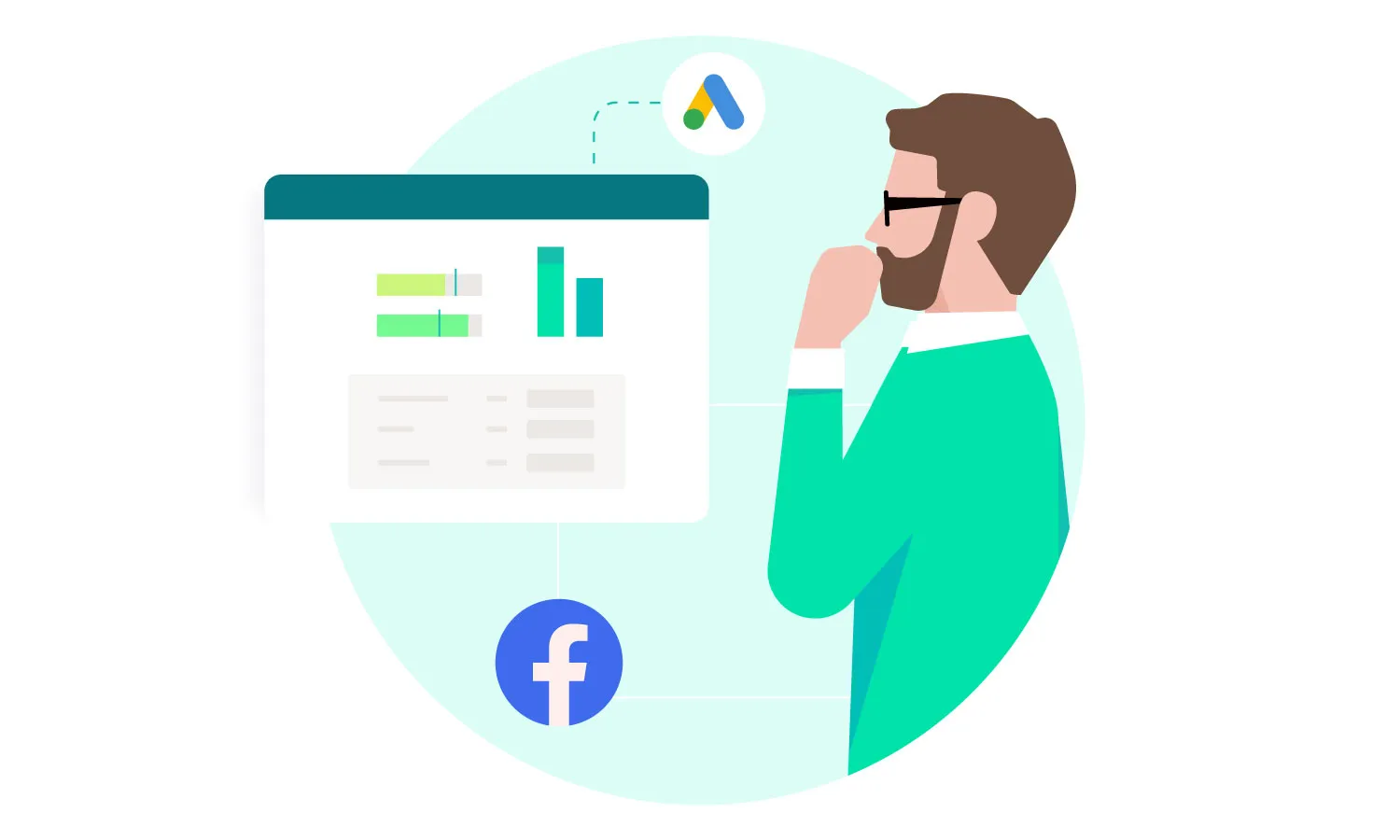March 30, 2022
How a CDXP can solve your missing cookie problem
The cookieless future is here to stay. Retail marketers have to adapt in order to continue generating advertising returns and delivering meaningful customer experiences. And Customer Data and Experience Platforms can help.

Both customers and technology providers have made it abundantly clear—the third-party cookie is on the way out.
For so many years, retail marketers have relied heavily on third-party data to take a peek into their customers’ web activity. Marketers would then use this data to flesh out customer profiles and develop marketing campaigns.
But the benefits of the third-party cookie only go so far, as these pools of data often lack refinement and accuracy. Third-party data is collected from web traffic, which can be sporadic, and may not provide the kind of insights you’re looking for. This is true today, where user intent is more difficult to track and understand. The modern web user is more conscious of their data privacy, and is wary about how companies share that data. The depreciation of the third-party cookie has been largely pushed by technology providers like Google and Meta who have opted to either isolate their data collection into their own opt-in ecosystems or to scrap the third-party cookie altogether.
And, we can’t lose sight of the fact that the third-party cookie is more or less outdated. While the third-party cookie may still serve some use for marketers, it doesn’t fit into cookieless technologies, which are built around more valuable zero- and first-party data.
It’s clear that the third-party cookie won’t be around for much longer. While there is no specific expiration date, companies like Google are set to eliminate third-party cookies from their web browser, Chrome, in the coming year. Other companies like Apple have already done away with the third-party cookie on their app platform, choosing to use more ethical and explicit means to collect data from users. Marketers are only beginning to feel the impact of this paradigm shift and need to adopt new technologies, like CDXPs, to continue driving revenue growth.
The different data types influencing user privacy
The term ‘cookie’ is attributed to the trail of data left behind by users. These cookies include information about users such as browsing history, name, and location. While the death of the third-party cookie may seem like a dramatic impact on digital advertising, it isn’t the only method of collecting customer data:
- Zero-party data: Zero-party data is the data that a user offers voluntarily. This form of data is typically collected in exchange for content or access and is often sourced from purchase intentions, newsletters, e-books, or communication preferences.
- First-party data: First-party data is the data directly provided by a user. Usually collected via opt-ins or feedback forms, tracked browsing behavior, first-party data can be tracked anonymously and delivers insight into the products or pages that drive the most engagement.
- Third-party data: Third-party data is the most removed from users, as it is collected passively without direct interaction with the user. This form of data tracks web activity across websites and is often sold or provided to retailers by a third-party.
The controversy around third-party cookies comes from the way in which this data is collected and shared. While websites are required to request permission to enable third-party cookies, users are still wary about having their data so widely distributed. This is a concern shared across industries, and not limited to retail. One study by Consumers International found that 75% of users distrust the way their data is being collected and shared. This broad consumer concern around data combined with the rise of data privacy laws and the inherent value of zero- and first-party data all play a role in the depreciation of the third-party cookie.

Why is the third-party cookie being phased out?
Many speculate that the final nail in the coffin for third-party cookies will arrive once Google removes this data type from their web browser, Chrome. Taking up 66% of the total market share, Chrome is a major source of web traffic—but it's not the only one. For instance, Safari makes up 14.4% of the market and has already eliminated the third-party cookie from their platform. Firefox has also already gone down the cookieless path and the platform takes another 5% of the market share.
It’s clear that the cookieless future has arrived, but how did we get to this point?
The third-party cookie is old technology
Invented in the mid-90s, third-party cookies no longer fits into modern digital architecture. Nowadays users are interacting with the web via a mix of different devices and browsers. This patchwork of connection has already depreciated the third-party cookie to some degree, as marketers are often given an incomplete picture of who their customers really are.
And as the saying goes, “out with the old, in with the new”. The third-party cookie is being phased out by new cookieless ad technologies that rely on zero- and first-party data, delivering more value to the modern marketer.
Data priorities have changed
In the wake of data breaches and more widespread data collection, customers have begun to prioritize their data privacy. To some users, third-party cookies invade their data privacy in that they track internet browsing sessions passively. While many sites are required to request permission to track with cookies, this is only a small solution to a bigger data problem.
This consumer concern has led to the creation of data privacy laws such as the CCPA (California Consumer Privacy Act) in the United States and the GDPR (General Data Protection Regulation) in the European Union. These new privacy laws regulate the way businesses and service providers collect and store data, further mitigating the effectiveness of the third-party cookie.
Data compliance and the rise of walled gardens
Companies like Apple and Google are changing the way they handle customer data in order to become more compliant with data privacy laws. They’ve already seen the writing on the wall, and are preemptively eliminating the third-party cookie from their platforms. As a result, retail brands who use these platforms to interact with their customers would benefit from following their lead to navigate current and impending changes.
Amazon and Facebook exist as walled gardens, turning away from the third-party cookie to instead collect data from within their own ecosystems. In these isolated data ecosystems, companies have complete control over user data. These platforms lean heavily on first-party data, tracking transactions, clicks, and more.

What to expect from the cookieless future?
The impact of the removal of the third-party cookie will not be felt equally. Marketers who advertise on platforms like Amazon and Facebook are more protected, as they’ll continue to collect first-party data within their own ecosystems. However, the marketers need to find new methods of collecting data in order to counteract the ensuing reduction in returns and revenue generation.
According to a study of the top 500 Google ad platform publishers, businesses who disabled the third-party cookie saw revenue generation decrease by 52%, with some businesses experiencing a 75% loss. Some marketers are already well aware of their cookie issue and are anticipating significant losses if they don’t adapt. Others worry that without the third-party cookie, they’ll be unable to target ads down to the individual level, resulting in a loss of ad-generated revenue. Regardless of position, marketers across industries will have to pivot their strategies away from third-party data to continue developing relevant marketing.
At the same time as the fall of the third-party cookie is the rise of greater consumer expectations. Consumers desire greater personalization than the third-party cookie can provide. Currently, at least 74% of customers desire more personalized web experiences. While third-party cookies track individual web sessions, it paints an incomplete picture of customer profiles. This is because third-party data is often purchased programmatically and is delivered in large datasets, which leads marketers to paint with a large brush when creating advertising campaigns. And there is no way to ensure its reliability or accuracy. Customers receive advertisements for products they’ve searched for on a whim or already purchased. These ad campaigns underperform as customers fail to interact and connect with the advertising. This lack of responsiveness and personalization can be solved when marketers invest in technologies that utilize zero- and first-party data.
Technology companies either already have or are expected to replace their third-party data infrastructure with more connective and ethically sound alternatives. For instance, Apple’s iOS 14.5 update requires that all apps ask for permission before tracking online data through Apple’s ID for marketers or IDFA, allowing for users to opt-in for a better advertising experience. This shift on Apple’s platform has resulted in users who are 2.4x times more valuable, as those who opt-in willingly provide their data to marketers. With this data, marketers can create marketing campaigns that drive higher returns and engagement as those they’re advertising to already have shown intent to interact.
Apple’s update is just one of many in our cookieless future that bring zero- and first-party data to the forefront. As a result of this shift, marketers will have a more valuable pool of leads to advertise to. That being said, marketers will need to rely on different tools and technologies to reach their audience and CDXPs deliver a substantial solution to their mounting cooking problem.

How a CDXP can solve your missing cookie problem
Zero- and first-party data may provide more valuable customer insights, but you’ll need technology to fully utilize that data and empower your marketing teams.
Enter customer data and experience platforms (CDXPs).
CDXPs act as a unified hub for processing vast amounts of customer data and translating that data into actionable insights to deliver meaningful customer experiences. These easy-to-use platforms provide marketers with the power to create advanced customer segments based on highly specific customer profiles. Often GDPR and CCPA compliant, CDXPs are able to collect and connect data from multiple sources, helping marketers create hyper-targeted audiences to leverage across all your marketing channels, paid and owned.
Gather zero- and first-party data securely
CDXPs allow marketers to collect zero- and first-party data from disconnected and disparate sources and channels. Many CDXPs are also integrated with other ad platforms, like Google and Facebook via APIs. With this data unified in one platform, marketers can extract actionable insights and develop a deeper understanding of who their customers are without relying on the depreciating third-party cookie.
Gathered securely, this data can be shared back out with other marketing tools like CRMs and DMPs. CDXPs that are designed to be retailer- and marketer-friendly allow users to get the most out of the platform without creating more work for their already-stretched IT team. CDXPs directly support zero- and first-party data capture while also giving marketers a place to develop insightful action items from that data.
- Zero-party data collection: CDXPs support zero-party data collection by unifying databases and streamlining access to marketing teams. A CDXP helps marketers seamlessly tap into the zero-party data collected via multiple channels like newsletters, surveys, and follow-up emails, without the need of a data science team.
- First-party data collection: CDXPs support first-party data collection by helping track opted-in and anonymous activity on your website. When deployed, a CDXP can provide universal data standards so that you can collect and analyze the data provided by your owned acquisition channels and directly from your customers.
Create a single customer view
In terms of customer insight, third-party cookies don’t provide the level of accuracy and relevance needed for retailers to remain competitive. Zero- and first-party data correct this by delivering a more detailed picture of who your customers are, what kind of marketing they respond to, and the products that drive them to browse and purchase from your brand. Without the right technology it can be a challenge for marketers to make proper use of that data but CDXPs act as a platform to disseminate that information into a single customer view.
A single customer view means you have one platform for every customer interaction, and provides a complete picture of the data you’ve collected about them. The insights in this view come from data collected via your website, transactions, social media channels, and customer service interactions. A CDXP can help you cleanse and store this data in a single, easily accessible location.
Enhance your customer experiences
With a single customer view provided by a CDXP, you can leverage your zero- and first-party data to develop a deeper understanding of your customers and enrich their experiences.
CDXPs provide you with the tools to perform advanced customer segmentation, grouping your customers based on the zero- and first-party data you’ve collected. An effective CDXP will allow you to take a granular approach to customer segmentation, granting your marketing teams the capability to segment based on attributes such as time to purchase, transaction history, first order date, size, and customer lifetime value (CLV).
With these highly targeted customer segments, you can develop more effective marketing that resonates with specific customer behaviors and characteristics. Your marketing teams can use these insights to create highly personalized touchpoints, allowing you to create an engaging customer journey from pre-purchase to post-purchase.
How Lexer’s CDXP can help you navigate a cookie-less future
Lexer is built with busy retailers in mind, helping you connect, collect, and enrich your customers’ zero- and first-party data without creating more work for IT and data science teams. CCPA and GDPR compliant, Lexer connects all your customer data sources, providing one view of the customer to fuel insights and marketing experiences that drive sales.
Want to learn more about how Lexer’s CDXP can solve your missing cookie problem? Use the calendar below to book an appointment with our team to see how Lexer can help.
Speak with our retail experts

